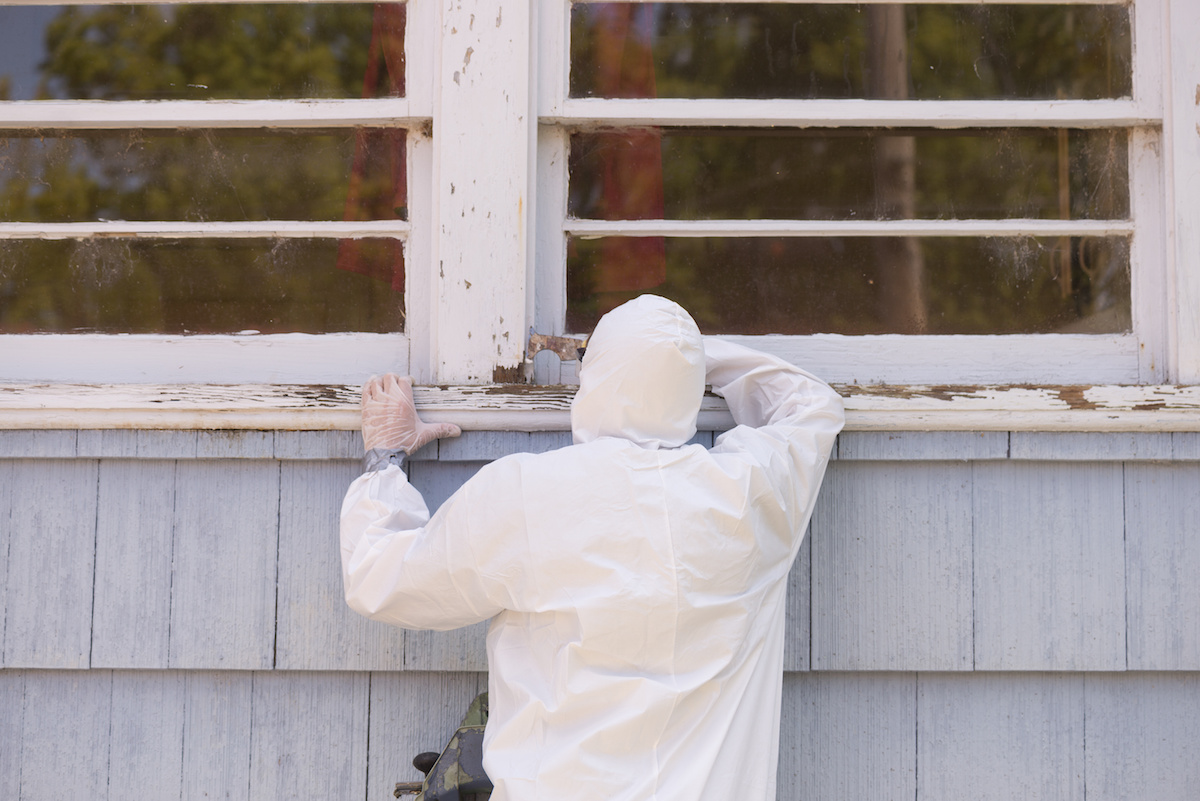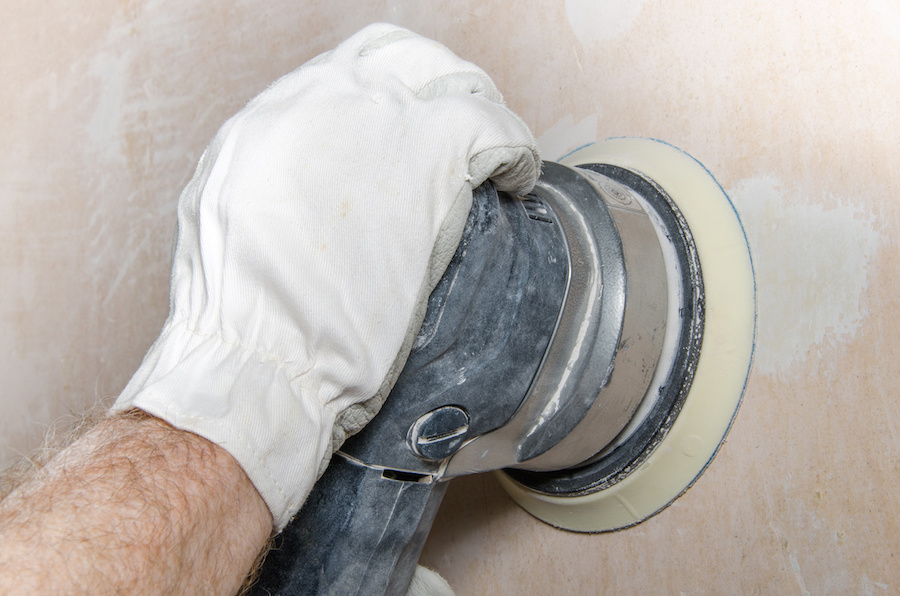Things have certainly changed in the painting industry; recent years have given us better tools, products, equipment, and knowledge than ever before.
Time also increases our awareness of hazards and potential issues. One prime example of this is the use of lead paint.
Prior to 1978, lead-based paint was a common product to use. According to this summary from the U.S. Environmental Protection Agency, 69% of homes built between 1940-1959 utilized lead paint, and 87% of homes built before 1940. The percentage dwindled to 24% leading up to ”˜78, but lead was certainly still present until it was banned by the federal government.
It’s important to be aware of the potential for risk, and to be familiar with your rights and the recommended best practices for dealing with this outdated, and potentially dangerous, paint.
5 Tips for Handling the Presence of Lead Paint
#1 – Keep Your Rights in Mind
The U.S. Consumer Product Safety Commission reminds us that it’s your legal right (and responsibility) to test for lead, and to be sure that you have full disclosure from the seller if you are buying a home built before 1978.
#2 – Ingestion Is the Enemy
Is lead paint always hazardous?
Actually, no. The potential for risk is there, but if the paint is in good condition it does not automatically call for immediate attention. Cracked, flaking, or peeling paint, on the other hand, should be a major red flag.Â
#3 – Be Cautious of Remodeling and Repainting
When your previously undisturbed paint is suddenly broken up or sanded during a remodeling or painting project, the lead can become airborne and open the door to major health risks. Dust is especially dangerous. For a more in-depth look at the recommendations for maintaining a safe and healthy work environment, be sure to review these tips and guidelines from the U.S. Department of Housing and Urban Development.
#4 – Be Aware of the Risks for Children
You may have lead paint on the windowsills in your home, and it very well could be in a solid, safe condition. But, if you have a teething toddler who chews anything within reach, that window sill will instantly become a major risk. The EPA offers us practical tips for creating a lead-safe home for your family, from paint inspection to risk assessment.
#5 – Hire Only Knowledgeable Professionals to Handle Your Painting or Remodeling Project
DIY projects simply are not worth it when the health of your family is on the line. Be sure to not only hire a professional to deal with your lead paint, but also one that is Lead-Safe Certified.
At risk of sounding cliche, knowledge is power.
Know your home, know your surfaces, and know how to best manage the potential for contamination. Lead paint does not need to detract from your quality of life or slow down your home improvement and painting projects, but the unique hazards should be navigated cautiously.

